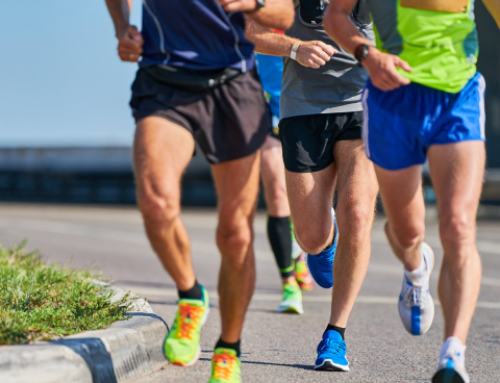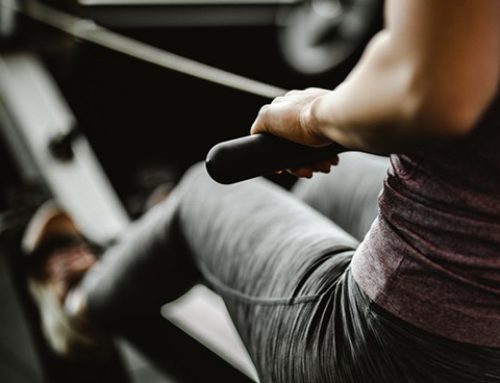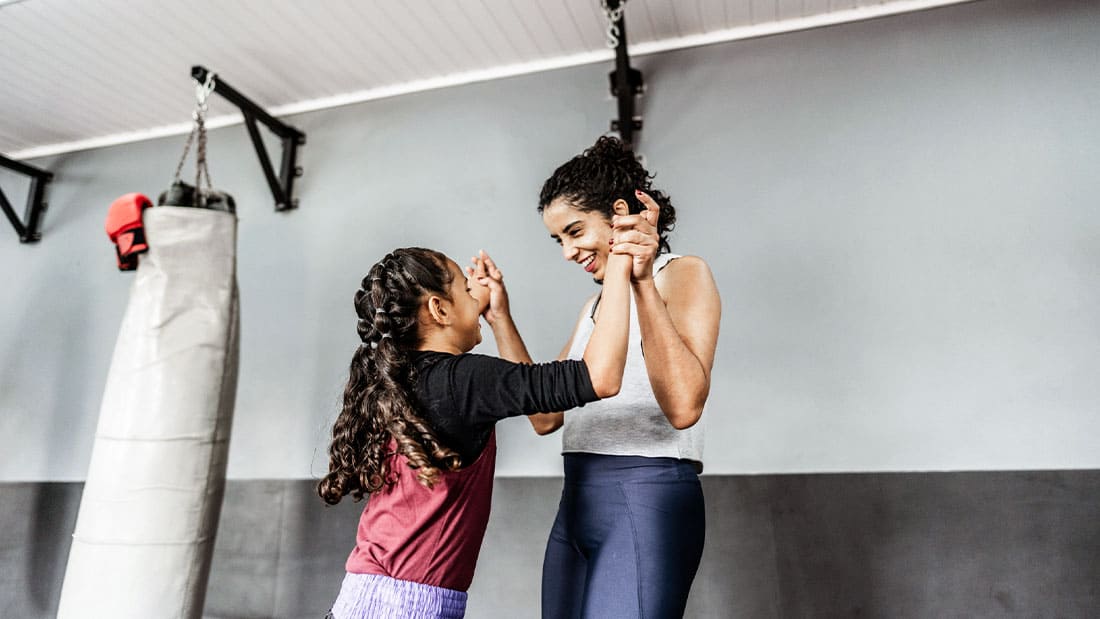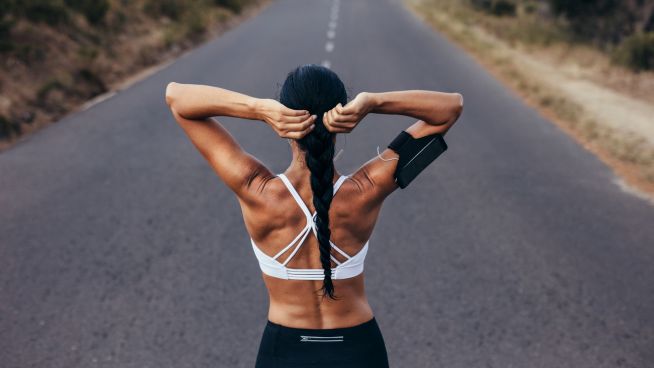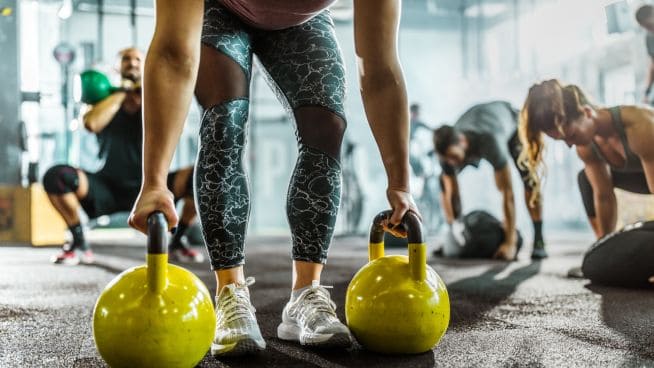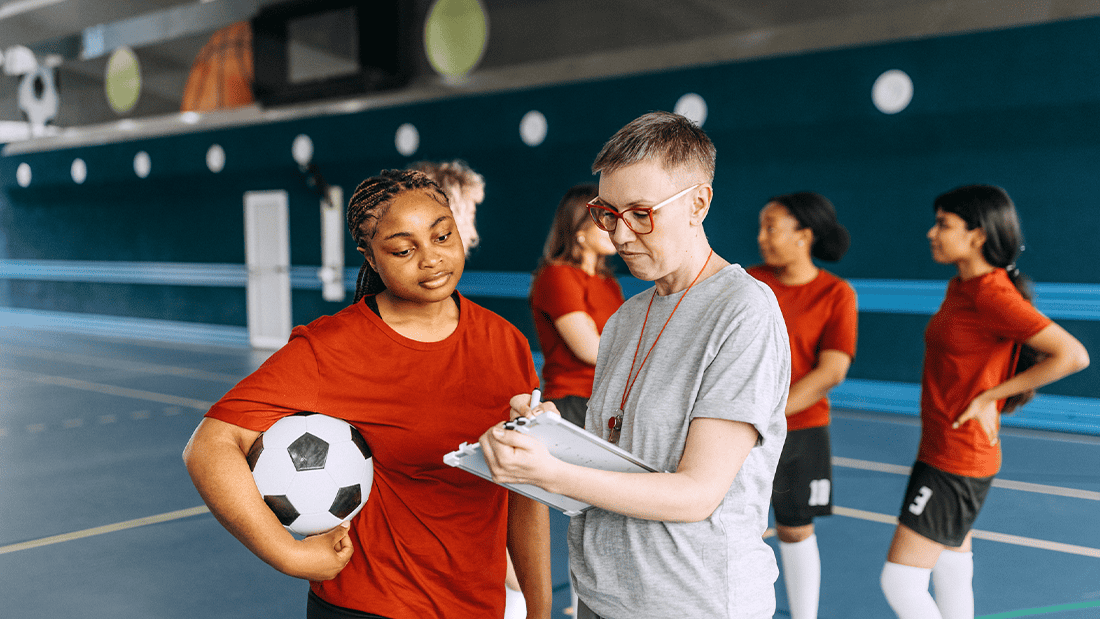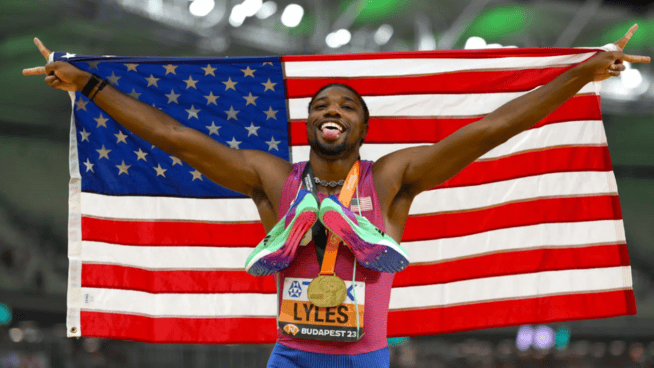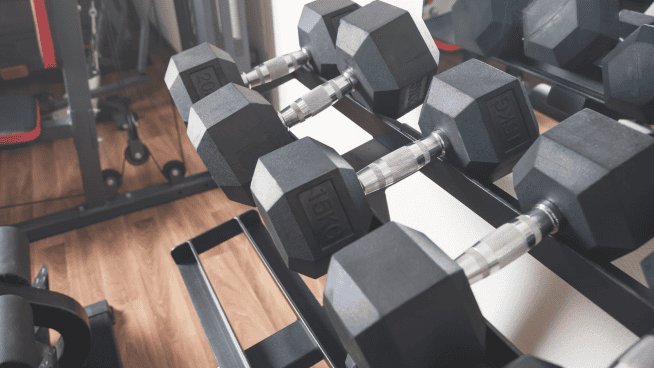Former Olympic Sprinter Reveals How Your Arm Action Is Slowing You Down
The most important thing I’ve learned about speed is that you run on your legs with your arms.
Your legs are the muscles that get you to where you want to go, but it is the arms that control a lot of what the legs do.
If the arms are tight, the lower body will also be tight. If the arms move rapidly, the legs will, as well. The arms are also a key component in accelerating fast. If you ignore them, your acceleration will seriously suffer. If your arms don’t do the right thing on that very first step, you have a lot of room to improve your acceleration.
If you do not think you run with the arms on the legs, then try and run with your legs without moving your arms. The legs will move you forward, but it won’t feel right, and it certainly won’t feel fast. To achieve greater levels of speed, you need to start thinking of your arms as a weapon.
One common mistake athletes make when sprinting is trying to speed up their legs to run faster. Again, your legs follow your arms. Instead of trying to move your legs faster and then awkwardly forcing your upper body to catch up, you can increase your stride frequency by pumping the arms faster. Since the legs and arms strive to keep harmony, the legs will speed up, as well.
There is a rhythm to acceleration. As you get further into your acceleration, the ground contact times drop and the frequency of strides increases. When people accelerate the wrong way, they tend to rush through the first few steps because they want to feel fast. Feeling fast often means quick ground contacts and frequent strides. Basically, moving your feet really fast. But to generate the most power and cover the most ground, you actually need ground contact times to be longer to allow for more time to generate power.
To get this acceleration pattern right, you must once again focus on the arms. To get these longer ground contact times and slower stride frequencies, it means your arms must move in a larger pattern and also much slower than they would at top speed. Think about when you see a sprinter come out of the blocks. The first thing they do is throw their hand forward. That sets up a big push on the first step. The second step needs to be a bit smaller and has less contact time, and this pattern continues until one is up and running.
It is hard to get this acceleration pattern right if you focus on your legs. When you focus on your arms, they put the legs and the feet in the correct positions to do what they need to do.
Obviously, your legs are what’s doing the majority of the work here. You need to do things like get treatment, stretch and foam roll to make sure your legs are fresh. If they are not in good shape, it’s just a matter of time until you’re injured. You do not want to skimp on getting this right. You also need to train to get your legs stronger so you can increase the amount of force they produce.
Once your legs are good, though, you need to get comfortable with the idea you shouldn’t have to force them to do their job if you want to run fast. Think about shifting the focus to your arms. Think about what those arms do when you’re at top speed, when you’re tired, when you’re starting a race, when you’re finishing a race, and every scenario in between.
Film can be helpful to get a visual of what happens when you change things with your arms. Now that everyone has an iPhone equipped with a slow-motion camera, this is quite easy. When you make your arms quicker during acceleration, what does it look like? What about when you get your arms bigger (in terms of range of motion), what does that look like? Experiment with your arm action until you find that sweet spot.
But I don’t want all this talk about arm action to give you the wrong idea. Because you know what will ruin your running form more than anything? Thinking so much about your arms that they become tight and tense. Running with no tension through your arms and upper body is essential to running fast. If you have tight, tense arms, your legs will be tense and tight, too.
To relieve tension from the arms:
- Drop the shoulders.
- Keep an open fist when running.
- Keep your face loose.
That’s all you have to do here. By keeping the hands free, the shoulders down, and the face loose, it becomes impossible for the arms to get tight. When the arms stay loose, sprinting efficiently becomes much easier.
READ MORE:
RECOMMENDED FOR YOU
MOST POPULAR
Former Olympic Sprinter Reveals How Your Arm Action Is Slowing You Down
The most important thing I’ve learned about speed is that you run on your legs with your arms.
Your legs are the muscles that get you to where you want to go, but it is the arms that control a lot of what the legs do.
If the arms are tight, the lower body will also be tight. If the arms move rapidly, the legs will, as well. The arms are also a key component in accelerating fast. If you ignore them, your acceleration will seriously suffer. If your arms don’t do the right thing on that very first step, you have a lot of room to improve your acceleration.
If you do not think you run with the arms on the legs, then try and run with your legs without moving your arms. The legs will move you forward, but it won’t feel right, and it certainly won’t feel fast. To achieve greater levels of speed, you need to start thinking of your arms as a weapon.
One common mistake athletes make when sprinting is trying to speed up their legs to run faster. Again, your legs follow your arms. Instead of trying to move your legs faster and then awkwardly forcing your upper body to catch up, you can increase your stride frequency by pumping the arms faster. Since the legs and arms strive to keep harmony, the legs will speed up, as well.
There is a rhythm to acceleration. As you get further into your acceleration, the ground contact times drop and the frequency of strides increases. When people accelerate the wrong way, they tend to rush through the first few steps because they want to feel fast. Feeling fast often means quick ground contacts and frequent strides. Basically, moving your feet really fast. But to generate the most power and cover the most ground, you actually need ground contact times to be longer to allow for more time to generate power.
To get this acceleration pattern right, you must once again focus on the arms. To get these longer ground contact times and slower stride frequencies, it means your arms must move in a larger pattern and also much slower than they would at top speed. Think about when you see a sprinter come out of the blocks. The first thing they do is throw their hand forward. That sets up a big push on the first step. The second step needs to be a bit smaller and has less contact time, and this pattern continues until one is up and running.
It is hard to get this acceleration pattern right if you focus on your legs. When you focus on your arms, they put the legs and the feet in the correct positions to do what they need to do.
Obviously, your legs are what’s doing the majority of the work here. You need to do things like get treatment, stretch and foam roll to make sure your legs are fresh. If they are not in good shape, it’s just a matter of time until you’re injured. You do not want to skimp on getting this right. You also need to train to get your legs stronger so you can increase the amount of force they produce.
Once your legs are good, though, you need to get comfortable with the idea you shouldn’t have to force them to do their job if you want to run fast. Think about shifting the focus to your arms. Think about what those arms do when you’re at top speed, when you’re tired, when you’re starting a race, when you’re finishing a race, and every scenario in between.
Film can be helpful to get a visual of what happens when you change things with your arms. Now that everyone has an iPhone equipped with a slow-motion camera, this is quite easy. When you make your arms quicker during acceleration, what does it look like? What about when you get your arms bigger (in terms of range of motion), what does that look like? Experiment with your arm action until you find that sweet spot.
But I don’t want all this talk about arm action to give you the wrong idea. Because you know what will ruin your running form more than anything? Thinking so much about your arms that they become tight and tense. Running with no tension through your arms and upper body is essential to running fast. If you have tight, tense arms, your legs will be tense and tight, too.
To relieve tension from the arms:
- Drop the shoulders.
- Keep an open fist when running.
- Keep your face loose.
That’s all you have to do here. By keeping the hands free, the shoulders down, and the face loose, it becomes impossible for the arms to get tight. When the arms stay loose, sprinting efficiently becomes much easier.
READ MORE:


